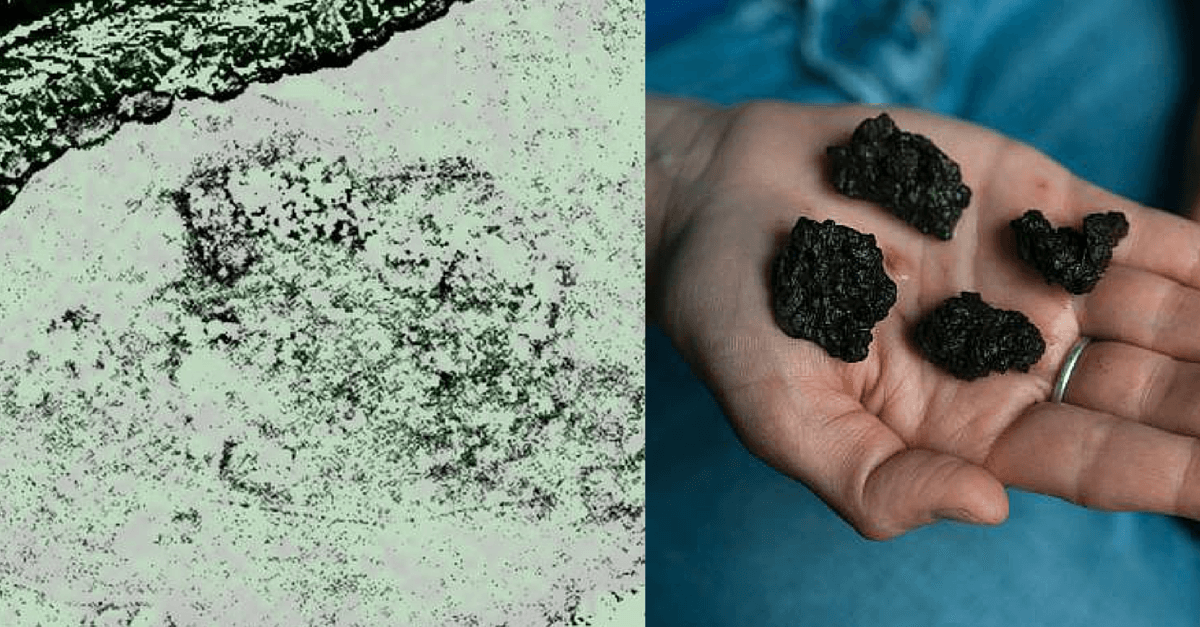Vikings in America. The history of their presence has been revealed by the study of legends and passionate archaeology in the harsh climates of northern Canada. Well, now we can add space archaeology for furthering our knowledge of the subject and possibly blasting the door wide open to discovering multiple Viking settlements throughout the northeastern coast.
Viking sagas had told of more than just one settlement, and tales of Vinland were quite common, leading historians and archaeologist to believe that there should be evidence of at least a few more Viking settlements.
If you’re wondering how space archaeology works, it’s largely a system of looking for the right patterns in the right places through satellite imagery. Space archaeologist Sarah Parcak has spent most of her time finding Egyptian sites.
This is generally easier in the time-freezing desert, and her work has led to the discovery of many sites. But when Parcak turned her attention to the island of Newfoundland, the location of the only proven Viking settlement in America, she found strong evidence for another site to the southwest. Located on Point Rosee, south of the city of Codroy, the ancient settlement faces the Gulf of St. Lawrence and is near a wide flooding river.
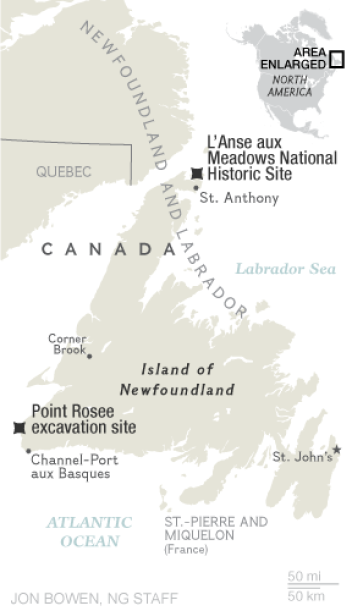
There were a few things to look out for, combining the general mindset and lifestyle of the Vikings with generally appealing geographic locations. Native Americans were certainly present around the area and were fierce warriors themselves, leading the Vikings to settle in defendable areas with good sightlines.
We don’t know the full seafaring capabilities of the natives of the region, but good views along the water would have likely been preferred. Point Rosee provides these views, as well as a fairly protected area for ships. The shallow beaches are clear from large boulders, making it easy to beach ships when needed.
Viking weapons are quite iconic, the broad axes and the heavy throwing spears were Viking staples, so naturally, iron was important for them. Vikings were not natural miners, they got most of their iron from bog iron, usually deposited at the tail end of rivers such as the one near Point Rosee.
Iron was incredibly important to the Vikings. Yes, wood was the base for nearly everything, but the stout iron was needed in great quantities to build and repair their ships and to make weapons and other equipment. According to some sources, a Viking ship required between 800-1,500 pounds of iron, mostly in the form of nails.
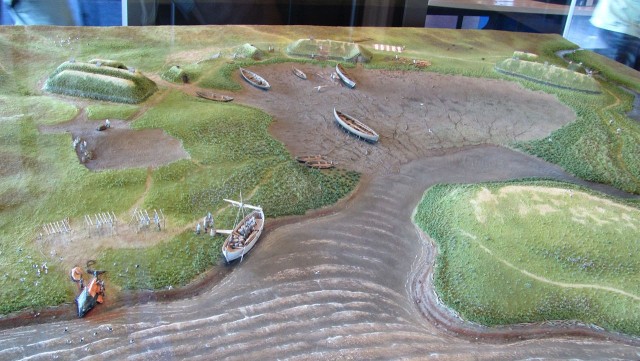
The wood base of most weapons and buildings and the value of worked iron makes it difficult to find evidence of Viking settlements. The wood decays and pieces of already smelted iron from thins such as broken ax-heads would hardly ever be abandoned, they would be taken and reused.
The first settlement of L’Anse aux Meadows on the northern edge of the island was only proven to be a Viking settlement after painstaking excavation yielded such items as bone needles and a bronze fastening pin.
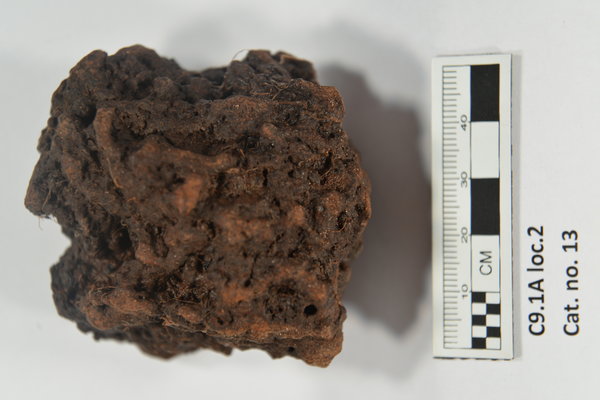
Findings of slag, the discarded metal from pre-roasting bog iron before smelting, is strong evidence for the Vikings being the owners of the settlement. The gathering and refining of bog iron were a uniquely Norse trait, and its practice in Newfoundland can’t realistically be attributed to any other culture.
From here, more excavations will likely occur at Point Rosee as archaeologists have barely scratched the surface there. One theory is that the site was simply an outpost for iron processing. A journey from here to L’Anse aux Meadows would be a bit over 300 miles, a possible distance for semi-regular travel, but it is equally likely that there would be a much closer settlement. About 65 miles up the coast is the modern town of Stephenville, a sheltered bay with lots of fresh water and possibilities for farming.
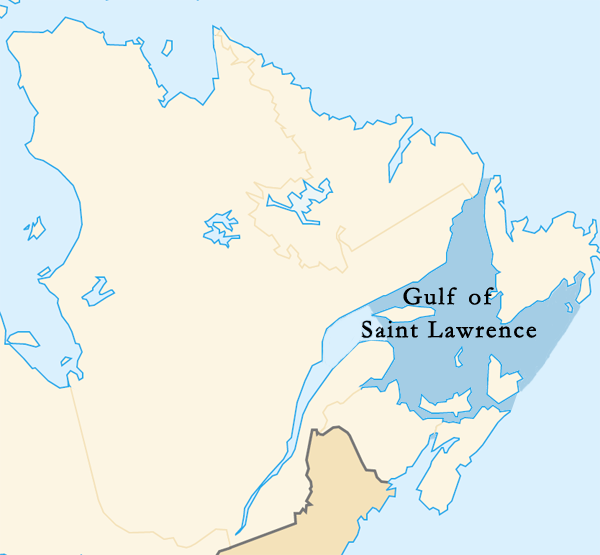
There has been an excavation on the much more northern Baffin Island, and while investigation so far has been inconclusive, it is a likely spot for another temporary Viking settlement, being so near to the already settled Greenland.
We still have no evidence of a settlement on the mainland of New Brunswick or Nova Scotia, where the vines grew that prompted the Viking name of Vinland for the region. Point Rosee is about as close as you could get to said mainland while still being on the island of Newfoundland, being about 80 miles from the mainland.
Viking coins have been known to have circulated as far as Maine, and the genealogy of a few Icelandic families shows evidence of Native American descent, strong evidence that at least one Native American was brought back to Iceland. This is the absolutely circumstantial reasoning for expecting more Viking settlements, but it is still reason for optimism.
This young, but promising, excavation is among the first satellite finds in North America and could very well reshape our history of the America’s. we still discuss Columbus and his travels, when the Vikings may have had wide-ranging settlements half a millennium before then, and even recorded their travels, which may be less ‘legendary’ that many have supposed. Hopefully, we have more space archaeology finds soon.
By William McLaughlin for War History Online
